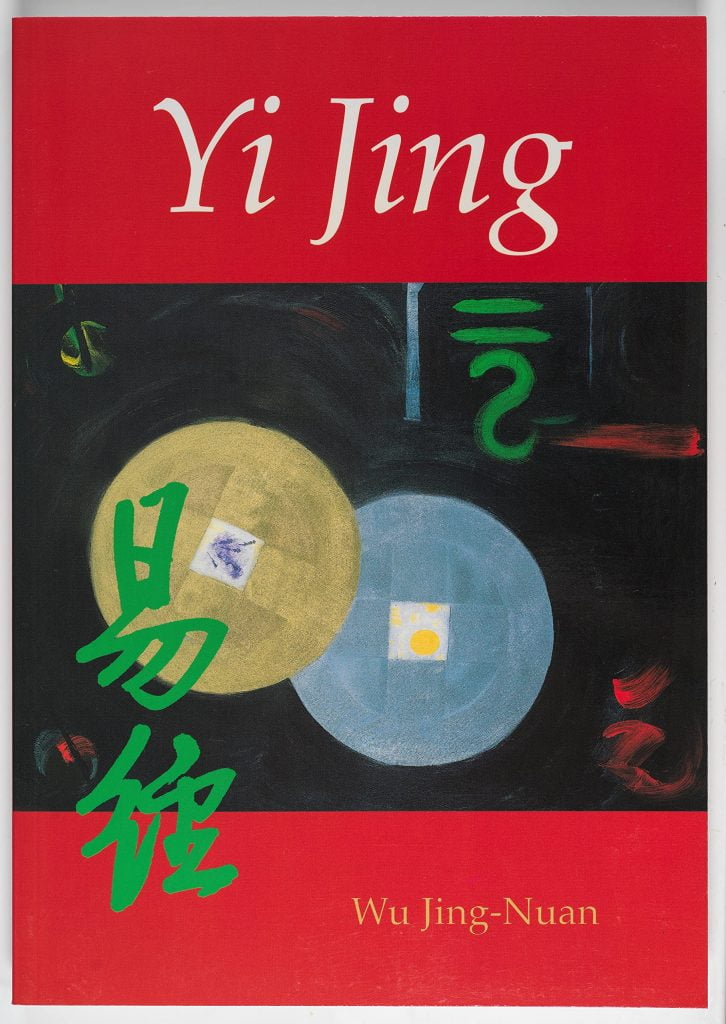
There’s a long, intriguing introduction before the main part of this book, which is a complete translation of the Zhouyi (that is, the names, judgements and line statements). Browse on into the final chapters and the appendix, and you find that this is one of the very few I Ching books to include the complete I Ching, with all its traditional Wings. The translation throughout is fluent and straightforward.
The introduction begins with a deeply poetic elaboration of the traditional account of the beginnings of the I Ching, beginning with Fuxi. Wu is prepared both to embrace the myth and its meanings, and to move smoothly from myth to history when this better serves as a foundation for understanding. If you are most concerned with historical accuracy, this is not the best introduction to read first – but perhaps there are more important things… Wu’s work is solidly grounded in etymological research, but this is not allowed to dry up the Well of symbolic riches. This book is meant for use in divination.
Wu says he has aimed to present ‘the simplicity of a Daoist translation with a ground of shamanistic practice, and the concomitant complex levels of meanings.’ Certainly his simplicity and especially brevity are striking. If you’re used to long, moral expositions on the lines, for example, his approach will come as something of a ‘culture shock.’ But I find these brief, information-packed comments are much more authentic in divination. There is that much less to be dismantled before you find your own answer. True, this approach leaves more of the imaginative work to you, but then divination is not about reading the answers from a book. Wu gives you stimulating information and ideas to work with, and involves you closely in discovering your own meaning.
Wu reads the Yi as I might read poetry, reflecting on how themes are developed and drawing conclusions from each hexagram’s internal patterns: this is an approach I very much enjoy. I also like the honesty of the translation, showing the hand-written Chinese character along with the English version. Combine this with Wu’s elucidation of the characters themselves, and you can actually see the images unfold.
Wu’s version goes beyond the neo-Confucian interpretations of Wilhelm, Legge or Huang, on the basis of historical and intuitive understanding, but without angry polemics against them. Spiritual and magical understanding take over from moral injunctions. Sometimes I find I prefer the traditional interpretation of a line, usually for its greater complexity; even then, though, Wu is invaluable for what he adds to my understanding of the symbolism and atmosphere of the hexagram as a whole.
If you are buying your first I Ching, this one could work well for you: it does contain all you need, although you might find that it is easier to start with a version with rather more explanatory text. It certainly makes an excellent addition to a collection, largely because of the vivid contrasts between the hexagrams. They don’t all steadfastly convey the same moral message. Some are about savage punishments, others about artistic and spiritual heights or extraordinary shamanistic power. The Yijing as seen by Wu is a dramatic adventure more than a book of wisdom.


